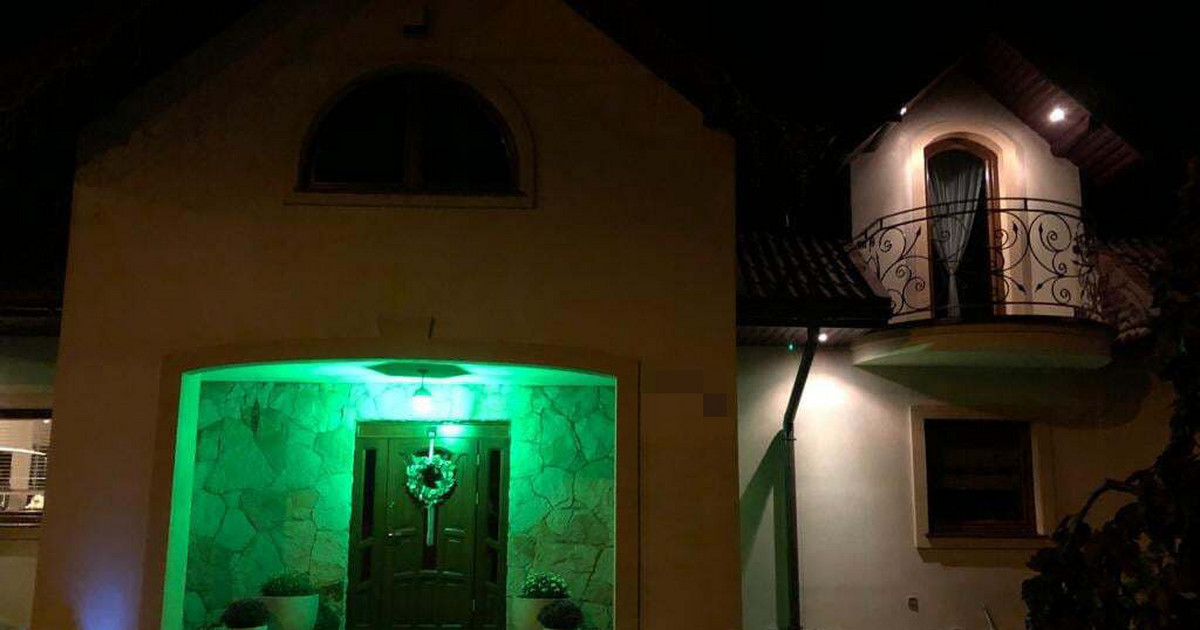The Polish authorities have passed a new law to legalize the widely applied pushbacks on its eastern border. Under another law, Poland will build a wall on the Polish-Belarusian border to halt the flow of refugees. Both decisions have been strongly condemned by human rights activists and a section of civil society. The move came as Poland has been faced with an increasing number of refugees for several months now, most of whom have been subject to pushbacks.
Pushback legalization
The position of the Polish government towards the asylum seekers approaching the Polish-Belarusian border remains persistently harsh. Apart from the pushbacks that the Polish border guards apply on a regular basis, Polish Parliament has passed a new law that allows each area commander of the border guard to immediately expel asylum seekers without the need to accept their asylum applications.
The law voted through by far-right MPs has raised serious concerns from human rights defenders.
“This law is totally against the 1951 Geneva Convention, which assumes that every person whose life is at stake has a full right to seek protection in every safe country where such a person shows up. Belarus is not such a country as it is ruled to be a brutal regime violating human rights. The law is also not consistent with the Polish Constitution,” human rights lawyer, Marta Górczyńska, told DevelopmentAid.
The new law has also been condemned by the UN Refugee Agency (UNHCR). Christine Goyer, UNHCR Representative in Poland, stated:
“The UN Refugee Agency is deeply concerned that the newly adopted legislation in Poland undermines the fundamental right to seek asylum set out in international and EU law. The legislation and practices adopted by Poland supposedly in response to the current situation at the EU border with Belarus are at odds with international and EU law and will only compound the hardship of people forced to flee.”
The Wall
When the surge in the number of migrants approaching the Polish-Belarusian border began, the Polish authorities decided to fence off the borderline with barbed wire but this was destroyed by migrants and the Belarusian border guards and therefore was ineffective in preventing the influx of people.
Although the law regarding the wall has been passed by parliament, it has not been defined exactly where it will be built although the deputy interior minister has confirmed it will be constructed in the Podlasie voivodship between Poland and Belarus excluding the Bug river which is a part of the natural border between the two countries. The law does not mention how the forest that is part of Białowieski National Park where the wall is to be built will be protected and this has provoked criticism from environmentalists. The opposition voted against the law due to financial concerns as it is estimated that the wall will cost 1.6 billion zloty (around 36 million Euro) as well as involving a lack of financial transparency. Nevertheless, the government wants to build the wall as soon as possible without any unnecessary formalities.
Protest and green light of hope
According to the latest survey conducted by IPSOS research company, 52% of Poles support the pushback policy while 41% think that refugees should be allowed in and their asylum applications accepted. Those who oppose the government migration policy took to the streets in Polish cities last Sunday (17 October) to register their objections with the largest demonstration being in Warsaw.

Despite the government’s stance, refugees can still count on the solidarity of many people living near the border. Some help the migrants voluntarily, taking them food or providing shelter. Kamil Syller who lives 5 km from the border organized a system that helps migrants to receive help both within the state emergency zone and beyond it. He asked all the inhabitants of the zone close to the border to light a green bulb outside their houses as a signal that they were willing to help the refugees. This action soon went viral on social media so that both people in need and local people could take part.

